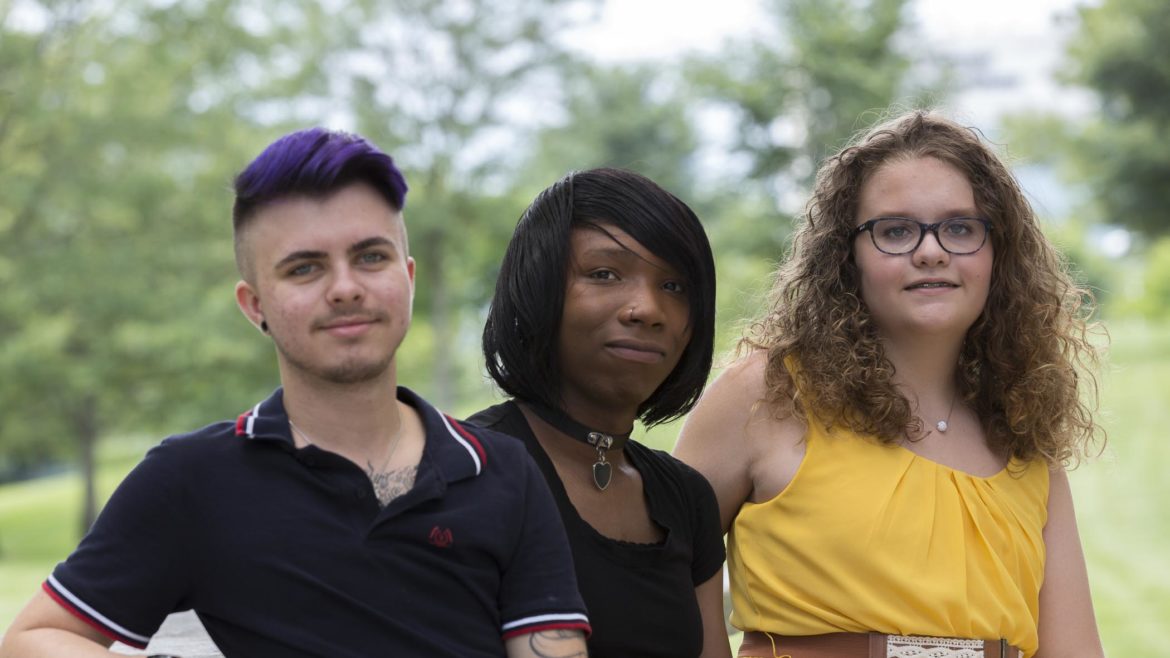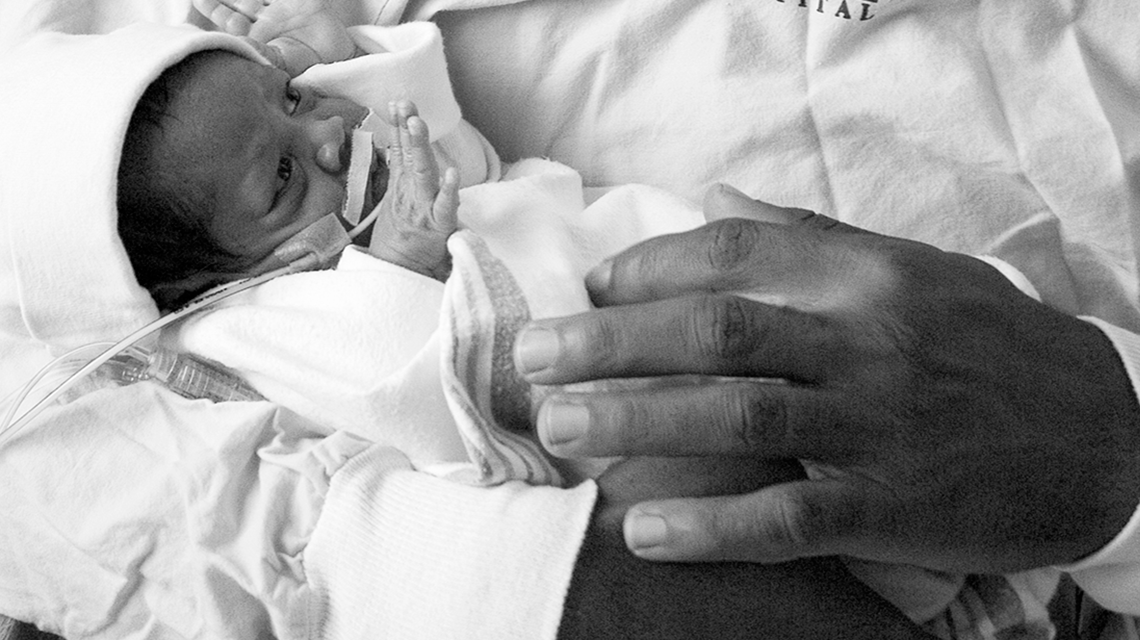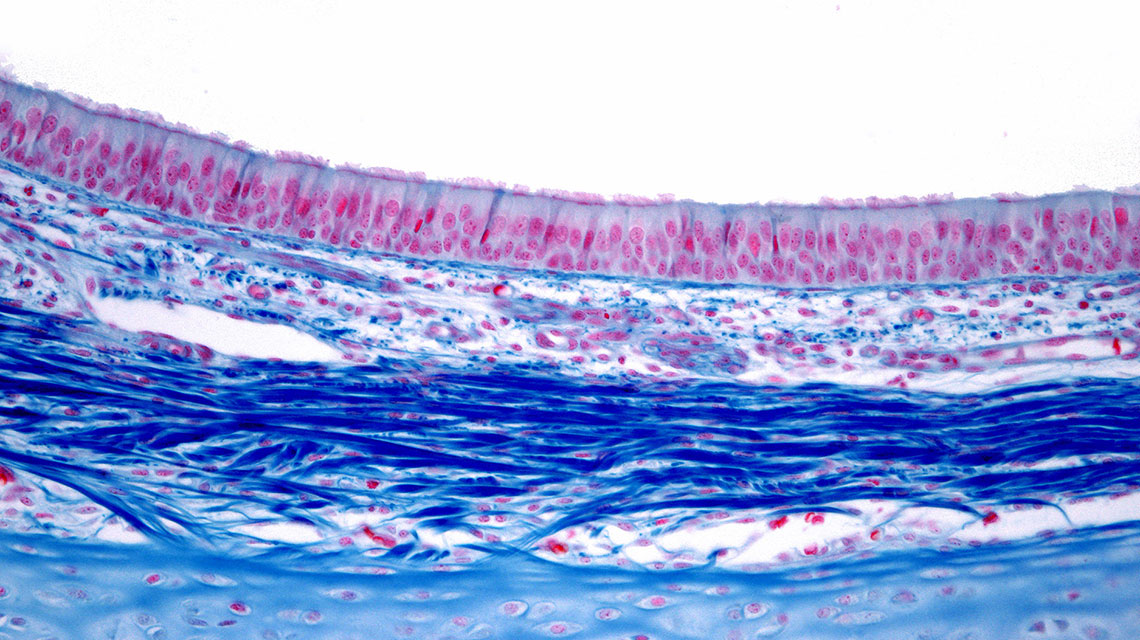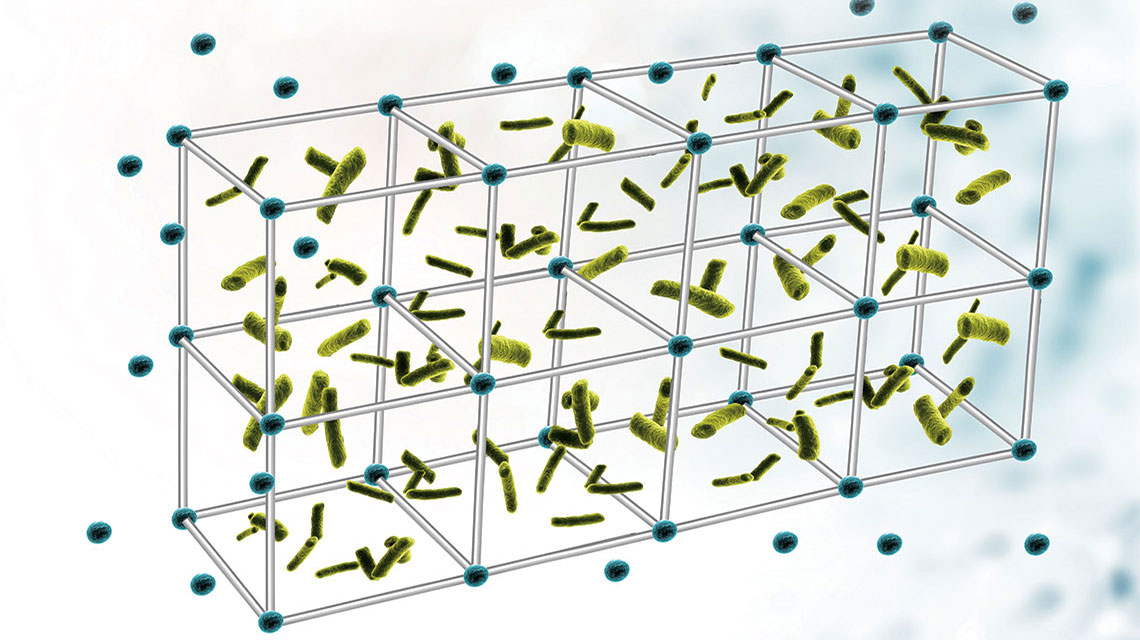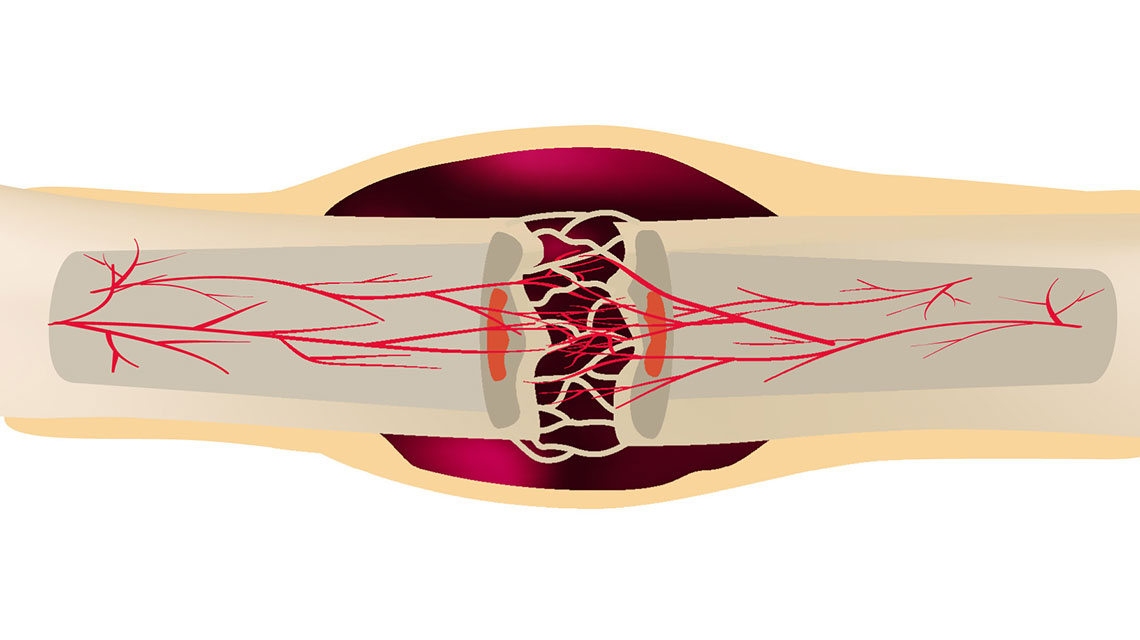Systems Analyses Unravel Clinical Phenotypes in Infants with Respiratory Syncytial Virus Infection
Systems Analyses Unravel Clinical Phenotypes in Infants with Respiratory Syncytial Virus Infection https://pediatricsnationwide.org/wp-content/uploads/2021/03/AdobeStock_109625528-1-1024x575.jpg 1024 575 Mary Bates, PhD https://secure.gravatar.com/avatar/c6233ca2b7754ab7c4c820e14eb518c8?s=96&d=mm&r=gRSV disease severity is influenced by innate immune responses, viral loads and patient age. Respiratory syncytial virus (RSV) is a leading cause of hospitalization in children, although most cases result in mild disease. To develop effective antivirals and vaccines, a better understanding of the different clinical, immunologic and virologic factors present in infants with mild…




